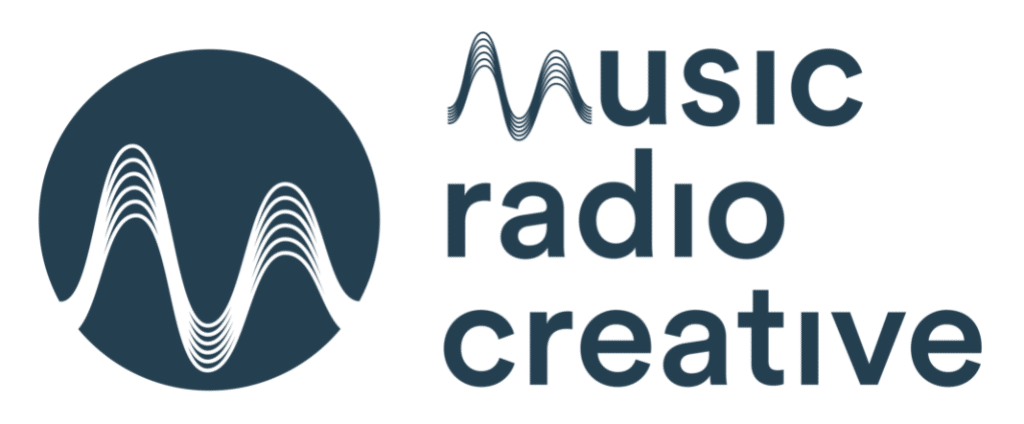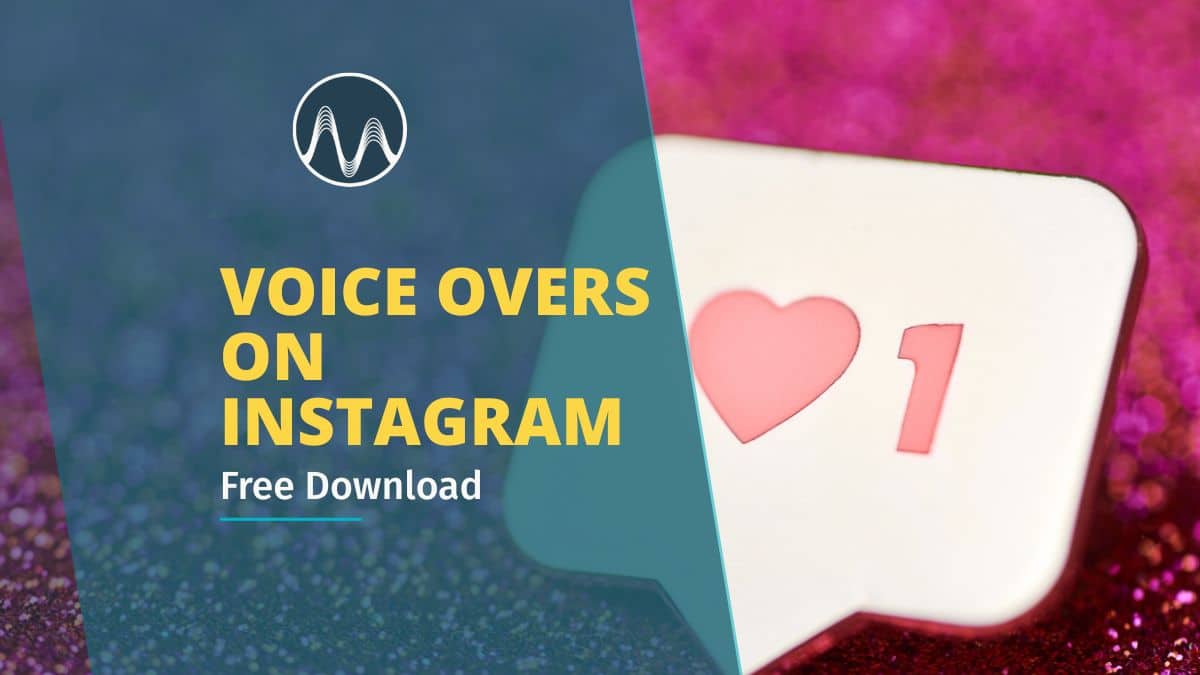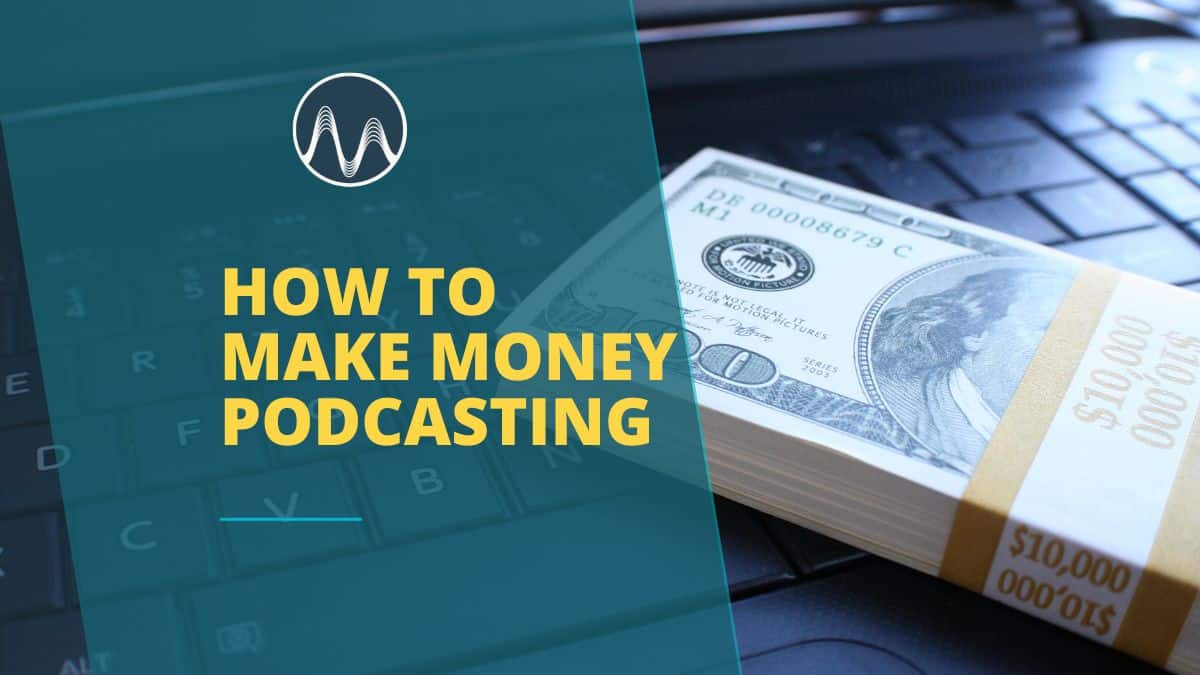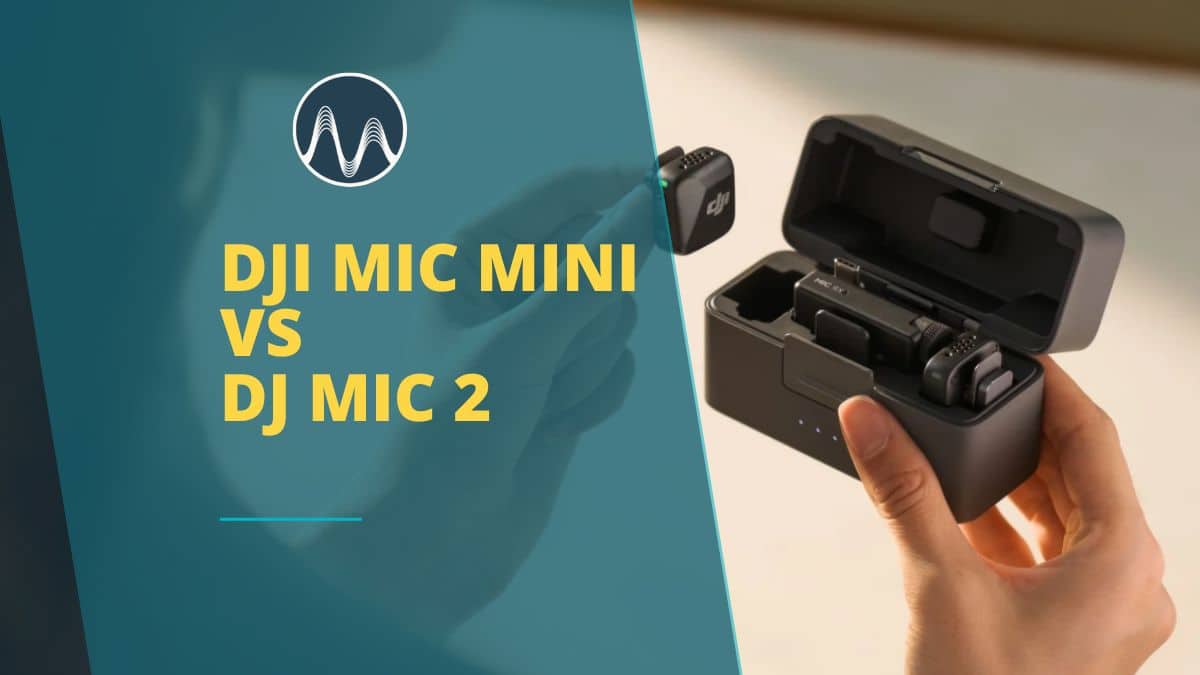In the ever-growing world of podcasts, standing out and attracting listeners is more crucial than ever. While captivating audio content remains king, the written companion to your episodes — podcast show notes — plays a vital role in:
- Hooking new listeners
- Engaging your current audience
- Making your show discoverable through SEO
Far from being just a summary, well-crafted show notes can mean the difference between a passive listener and an engaged, growing fanbase.
Why Show Notes Are Indispensable
Podcast show notes are value packed content with wide reaching benefits for your podcast:
1. Attract New Listeners
Before hitting play, many potential listeners check show notes to decide if the episode is worth their time. They act like a trailer – offering just enough intrigue to encourage listening.
2. Boost Engagement and Build Community
Highlighting key takeaways, topics, guests, and timestamps allows your audience to easily navigate content, quote you on social media, and even cite your sources. This boosts trust and engagement.
3. Improve SEO and Discoverability
Adding relevant keywords and phrases into your episode descriptions and summaries helps your podcast appear in search engine and app search results.
👉 Learn how SEO can help your podcast grow
4. Monetization and Value Addition
Use your show notes to share:
- Affiliate links
- Product/course offers
- Patreon and donation links
This supports your monetization efforts and adds value for listeners.
Explore Music Radio Creative’s royalty-free music collection for audio branding that enhances your monetization and content strategy.
5. Cross-Promotion and Networking
Link to your guests’ websites, social media, or content. This encourages cross-promotion and strengthens professional relationships. You can also promote older episodes to boost listens to your back catalog.
6. Accessibility
Linking to transcripts or embedding them in your notes ensures your podcast is more inclusive to those who are hard of hearing or prefer reading.
🎧 Need help cleaning up your transcripts or removing background noise?
👉 Check out this guide on improving audio quality
Essential Elements of Effective Show Notes
While you can tailor your show notes to your brand, the following sections should form the core of every episode’s write-up:
1. The Summary (aka The Hook)
Write a 100–200 word teaser that hints at what listeners will learn without giving it all away. Make it compelling and value-driven.
2. Links and Resources
Provide URLs to:
- Guest websites
- Referenced books/articles
- Your affiliate links
- Email list signup pages
💡 Pro Tip: Paste full URLs — many podcast apps don’t support rich-text hyperlinks.
3. Call to Action (CTA)
Prompt the listener to take action after listening:
- Leave a review
- Join a mailing list
- Buy a product
- Subscribe or share
Keep it focused on 1–2 main actions.
Need a professional podcast intro to boost engagement?
👉 Browse custom podcast intros at Music Radio Creative
4. Show Information
Include host bios, contact info, social media handles, and links to rate or review your show.
5. SEO-Optimized Title and Keywords
Make your titles specific, searchable, and relevant to your target audience. Think like a listener searching for a solution.
👉 Avoid these 5 EQ mistakes that ruin podcast audio
6. Bullet Points and Timestamps
Use timestamps to help listeners jump to key segments. Bullets improve scannability — especially on mobile devices.
7. Guest Bios and Team Credits
Include a 2–3 sentence guest bio with links, plus credits for your production team.
8. Content or Trigger Warnings
Prepare your audience for sensitive topics or loud sounds with appropriate warnings.
9. Upcoming Episodes or Events
Use this space to build anticipation for future content or announce special events.
📌 Formatting Tip: Use short paragraphs and bulleted lists to improve mobile readability. Only the first few lines are visible by default in most podcast apps — make them count!
📝 Show Note Templates for Different Podcast Styles
Not all podcasts are structured the same way, and neither should their show notes be. Consider using templates to streamline your process:
- Essentials Template: Perfect for short shows or quick updates
- Expanded Template: Ideal for detailed guest interviews or tutorials
- Long-form Template: Great for blog-style show notes or evergreen content
- Educator Template: Best for teaching-focused episodes
- Fiction Template: Story-driven structure for audio drama and narrative shows
🤖 Leveraging AI for Show Notes in 2025 and Beyond
Creating show notes manually can be time-consuming, but AI tools have changed the game:
1. Automatic Generation
Tools like Buzzsprout’s CoHost AI or Descript’s Underlord can:
- Transcribe your episode
- Generate summaries
- Add timestamps
- Suggest episode titles
2. Efficiency & Speed
You can quickly generate descriptions, YouTube summaries, and blog-style notes from your transcript or audio.
3. Customization
Edit the AI-generated content to reflect your unique voice and brand.
4. Integration with Other Tools
Apps like Glasp.io can pull YouTube transcripts and feed them into tools like ChatGPT for summarization.
⚠️ Reminder: Always review and proof AI-generated text for accuracy, tone, and grammar. Think of AI as an intern, not an editor.
Want to learn how to master AI tools like Descript or Adobe Audition for your podcast?
👉 Explore these powerful editing and enhancement tools
🚀 Final Thoughts
Show notes aren’t an afterthought — they’re a strategic content asset that boosts discoverability, builds trust, and turns casual listeners into loyal fans.
As podcasting continues to evolve, podcasters who understand the value of smart, SEO-rich, AI-assisted show notes will stay ahead in 2025 and beyond.
Need help leveling up your podcast’s sound and presentation?
🎧 Explore Music Radio Creative’s podcast branding services — from intros to full episode production.




